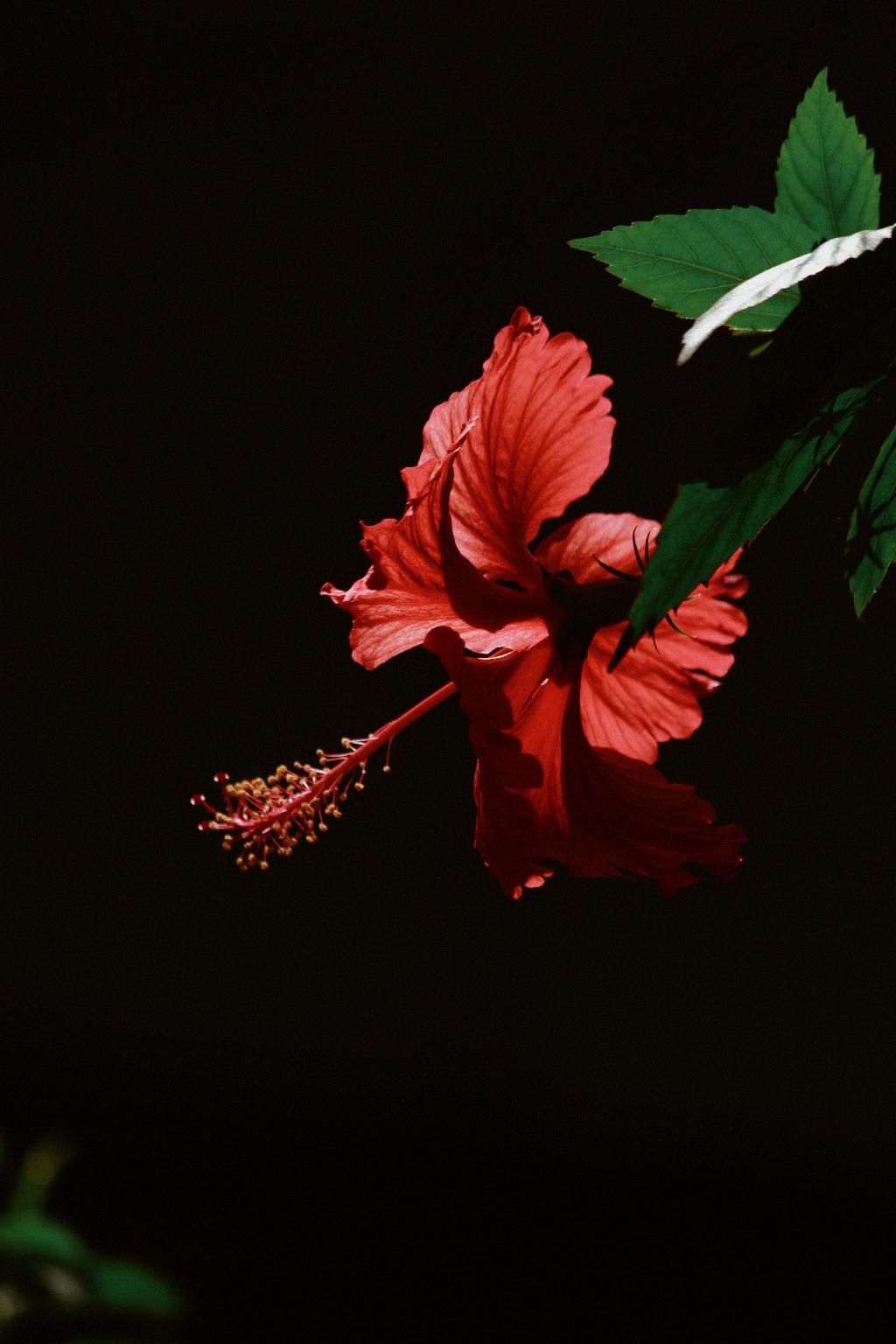If you find yourself asking the question, “Why aren’t my hibiscus blooming?” you’re not alone. Hibiscus plants are renowned for their vibrant and showy flowers that can brighten up any garden. However, there are several common reasons why your hibiscus may not be producing blooms as expected. Let’s delve into some key factors that could be affecting the blooming of your hibiscus plants.
Introduction to Hibiscus Plants
Hibiscus plants, known for their large, colorful flowers, are popular choices for gardens and landscapes. These tropical beauties thrive in warm climates and can be grown both indoors and outdoors. While hibiscus is relatively easy to care for, issues with blooming can sometimes arise, leaving gardeners puzzled and frustrated.
Common Reasons for Lack of Hibiscus Blooming
1. Insufficient Sunlight: Hibiscus plants require ample sunlight to bloom. If your hibiscus is not getting enough sunlight, it may focus on foliage growth rather than flowering. Make sure your hibiscus is placed in a sunny spot that receives at least 6-8 hours of sunlight per day.
2. Improper Watering Practices: Water fluctuations can lead to bud drop and hinder blooming. Ensure that your hibiscus is not sitting in waterlogged soil, as this can cause root rot and affect flower production. Keep the soil consistently moist but well-drained.
3. Nutrient Deficiencies: Excessive fertilizer can result in lush foliage at the expense of blooms. Consider halting fertilizer applications until the next growing season to encourage flower production. Hibiscus plants prefer nutrient-rich soil, so using a balanced fertilizer sparingly can help stimulate blooming.
4. Pest Infestations: Pests like aphids, spider mites, and whiteflies can damage hibiscus plants and impede blooming. Regularly inspect your plants for any signs of pest infestations and treat them promptly to promote healthy growth and flowering.
Tips for Encouraging Hibiscus Blooms
1. Prune Your Hibiscus: Regularly prune your hibiscus to encourage new growth and flowering. Remove dead or leggy branches to promote a bushier and more floriferous plant.
2. Provide Proper Care: Ensure your hibiscus is receiving adequate water, sunlight, and nutrients. Consistent care and attention will help your plant thrive and bloom prolifically.
3. Monitor for Pests: Keep an eye out for common garden pests and take proactive measures to prevent infestations. Regularly inspect the leaves and stems for any signs of pest activity.

Conclusion
In conclusion, understanding the reasons behind your hibiscus’s lack of blooming is crucial to rectifying the issue and enjoying a colorful display of flowers. By addressing factors such as sunlight, watering, nutrients, and pest control, you can encourage your hibiscus to bloom abundantly and enhance the beauty of your garden. Remember, a little care and attention go a long way in ensuring your hibiscus plants thrive and flourish.
